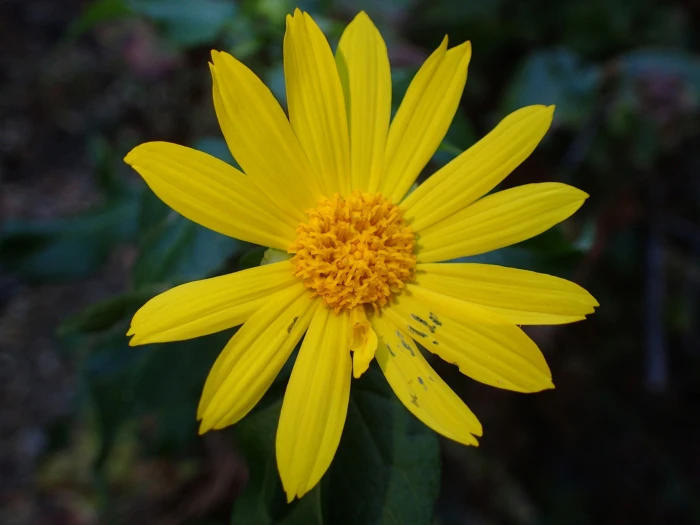Canyon Sunflower
(Venegasia carpesioides)
Canyon Sunflower (Venegasia carpesioides)
/
/

George Williams
CC BY 4.0
Image By:
George Williams
Recorded By:
Copyright:
CC BY 4.0
Copyright Notice:
Photo by: George Williams | License Type: CC BY 4.0 | License URL: http://creativecommons.org/licenses/by/4.0/ | Rights Holder: George Williams | Publisher: iNaturalist | Date Created: 2020-11-25T14:23:18-08:00 |


















































Estimated Native Range
Climate Requirements for Dubai, United Arab Emirates
| This Plant | Your Site | Plant Suitability for Your Location | ||
|---|---|---|---|---|
| • Precipitation | 10" - 33" | 4" | Your precipitation may be insufficient for this plant. Irrigate N" / year. | Irrigate N" / year |
| • High Temp. | 66°F - 97°F | 107°F | Your summers may be too hot for this plant. | Too hot |
| • Low Temp. | 25°F - 49°F | 55°F | OK, but your winter temperatures are warmer than normal for this plant | OK |
This plant should grow well at your location with about N inches per year (Y minutes per month) of irrigation.
Summary
Venegasia carpesioides, commonly known as Canyon Sunflower, is a semi-deciduous perennial that can be classified as a shrub, herb, or subshrub. It is native to the chaparral and riparian zones of California and Northwestern Mexico, where it thrives in the understory and on the margins of these ecosystems. The plant typically reaches a height of 3 feet (0.9 meters) and spreads 2-5 feet (0.6-1.5 meters), with a loose, sprawling form that can create a lush ground cover. The Canyon Sunflower is notable for its bright yellow daisy-like flowers that bloom profusely in the spring and sporadically in the winter, attracting pollinators such as bees and butterflies.
This species is valued for its adaptability to various light conditions, from full sun to full shade, and its ability to tolerate a range of water availability, from high to low. It is well-suited for use in native plant gardens, as a border planting, or for erosion control on slopes due to its spreading habit. The Canyon Sunflower prefers well-draining soils but can adapt to different soil types, making it a versatile choice for gardeners. While generally low-maintenance, it can be susceptible to powdery mildew in humid conditions. It is not known for aggressive roots or significant disease problems, making it a reliable and attractive addition to cultivated landscapes.CC BY-SA 4.0
This species is valued for its adaptability to various light conditions, from full sun to full shade, and its ability to tolerate a range of water availability, from high to low. It is well-suited for use in native plant gardens, as a border planting, or for erosion control on slopes due to its spreading habit. The Canyon Sunflower prefers well-draining soils but can adapt to different soil types, making it a versatile choice for gardeners. While generally low-maintenance, it can be susceptible to powdery mildew in humid conditions. It is not known for aggressive roots or significant disease problems, making it a reliable and attractive addition to cultivated landscapes.CC BY-SA 4.0
Plant Description
- Plant Type: Shrub, Herb, Subshrub
- Height: 3-5 feet
- Width: 2-4.5 feet
- Growth Rate: Rapid
- Flower Color: Yellow
- Flowering Season: Spring, Winter
- Leaf Retention: Deciduous
Growth Requirements
- Sun: Full Sun, Part Shade, Full Shade
- Water: Medium
- Drainage: Fast, Medium, Slow
Common Uses
Bee Garden, Bird Garden, Border Plant, Butterfly Garden, Groundcover, Low Maintenance, Showy Flowers
Natural Habitat
Native to chaparral and riparian zones of California and Northwestern Mexico
Other Names
Common Names:
Scientific Names: Venegasia carpesioides, Venegasia deltoidea, Parthenopsis maritimus, Venegasia carpesioides var. carpesioides, Venegasia carpesioides var. deltoidea
GBIF Accepted Name: Venegasia carpesioides DC.